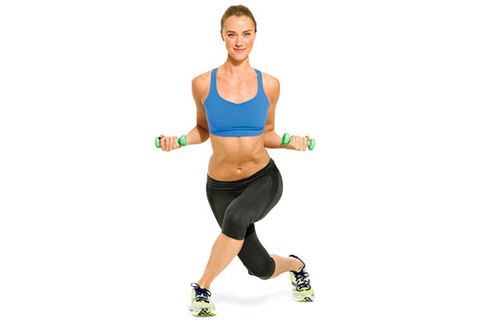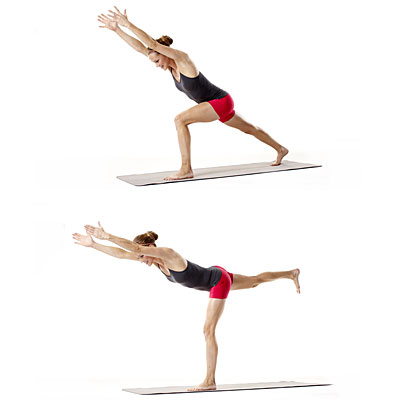So...breakfast. It can actually be kind of tricky—there's evidence that working out before you eat it burns more fat, that skipping it could maybe help weight loss, and also that skipping it could maybe (possibly) be bad for your heart.
But there are plenty of ways to make your breakfasting experience a healthy one: breakfast salads, smoothies, and even some dinner recipes you can totally adapt for the morning, instead.
And, to add yet another way to healthify your breakfast, I'd like to introduce you to
MixMyOwn . OK. So when I eat cereal, I'm a big fan of adding a little from every box in my cabinet until the mixture is just right—and that's basically what
MixMyOwn does. It customizes your cereal to make it what you want to be—using lots of healthy ingredients, such as bee pollen powder, baobab fruit powder, goji berries, quinoa, acai powder, chia seeds, plus muesli, granola, multigrain cereal flakes, and oatmeal mix. It's an exciting (and yummy!) thing to try out—and here are seven other ways to make your breakfast healthy (and delish).
Don't skip it. Research has suggested that skipping a balanced morning meal can lead to snacking and overeating during the rest of the day. So what does "balanced" mean? Make sure to get in enough fiber, protein, and carbs—the mixture will fill you up and keep you fueled until lunchtime.
Eat something you like. If you love eating a plain scrambled egg in the morning, awesome. But if you don't, then find something that you actually do like. Why? Because then you won't skip it.
Don't go the high-fat route. Fatty breakfasts (um, hello, bacon) won't keep you full as long (and they may make you feel even more tired as the day goes on).
Look for fiber. Fiber is a) filling, and b) recommended by dietitians for the possibility it might help reduce the risk for heart disease.
Get in some protein. Protein is an essential ingredient for your day-to-day—women need about 46 grams daily . Add some seeds or nuts to your breakfast, which provide both protein and good-for-your-heart fats.
Make it portable. Mornings are often the worst—has anyone else gone sprinting out the door while leaving the one thing you needed for work at home? Argh. If you can, think ahead and plan out a morning smoothie that's filled with fresh fruits and veggies (you can even blend things like muesli for extra health benefits).
Throw in some superfoods. These healthy ingredients can help boost the immune system and maybe even help lower the risk of diabetes, cancer, and heart disease. Look to things such as blueberries, seeds, and nuts—blend them up in your smoothie, or sprinkle over your oatmeal or cereal.
Source:
Glamour










